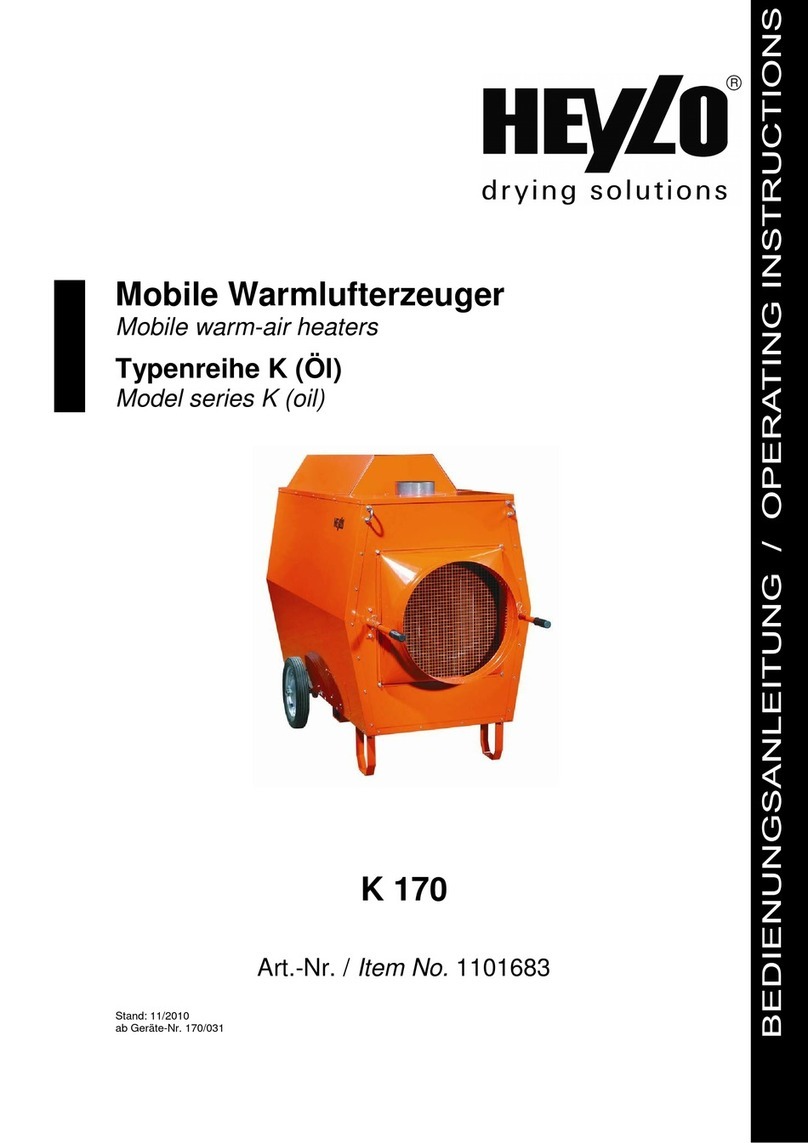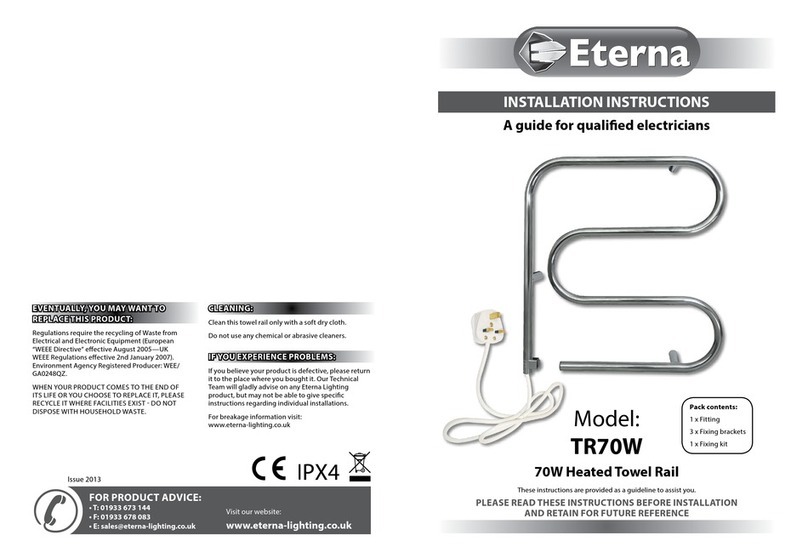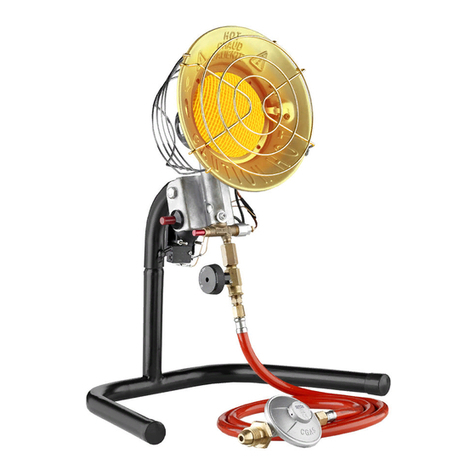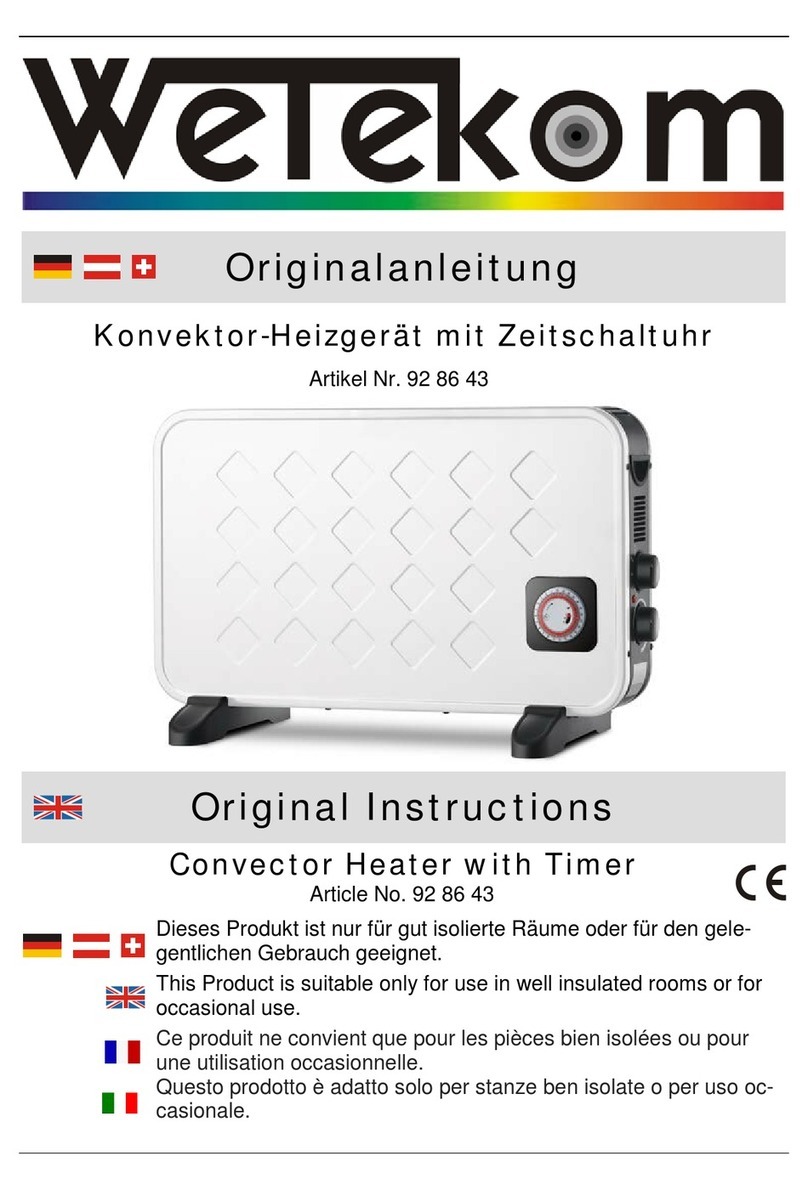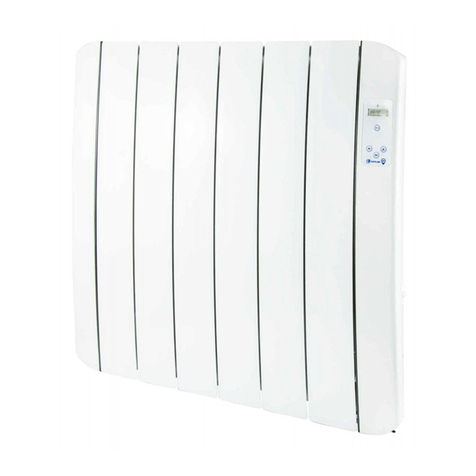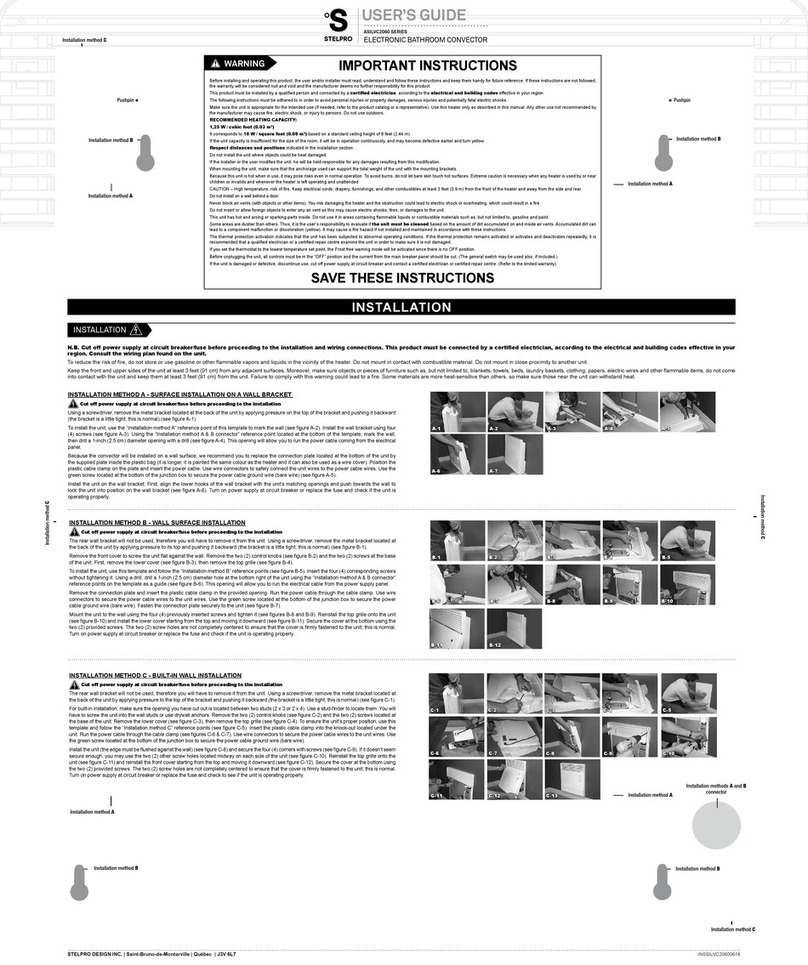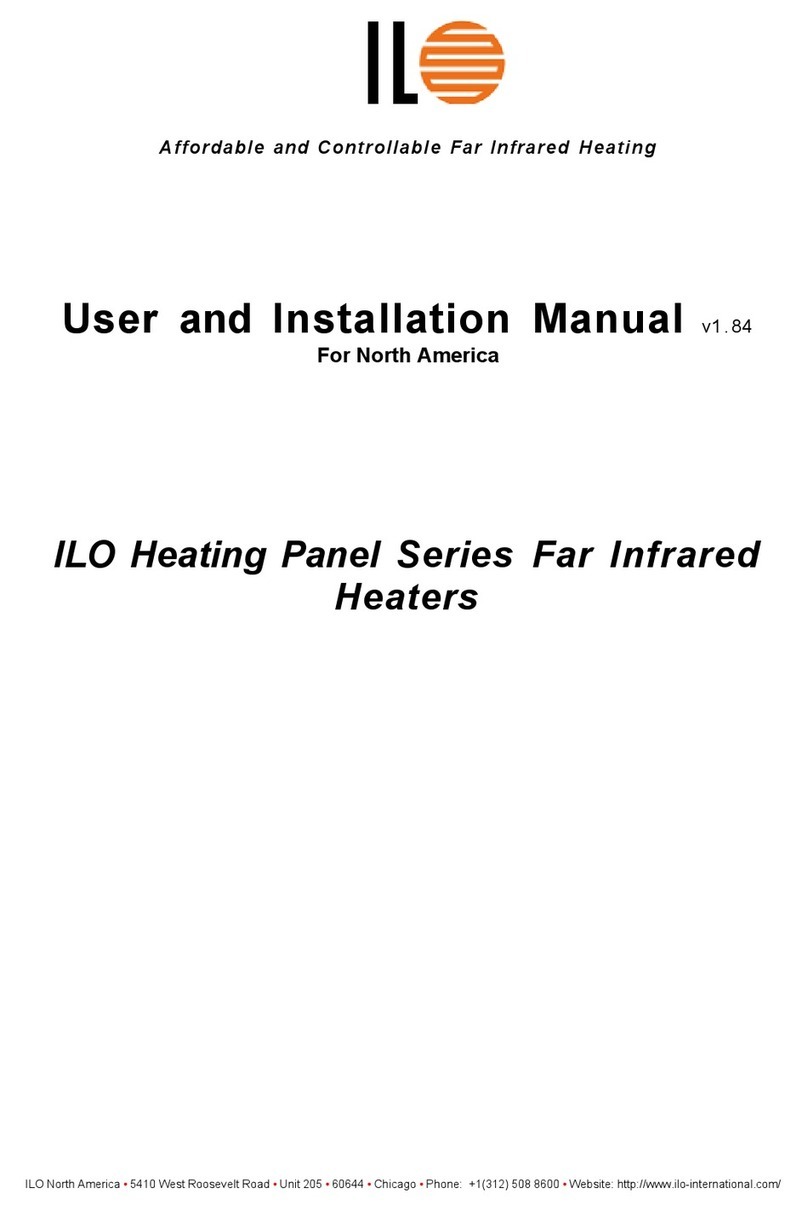
engineers, cause damage to equipment or need
special attention:
Note
A note gives more information on a topic.
Caution
Obey the caution instructions to prevent
damage of the water heater.
Warning
Obey the warning instructions to prevent
danger of personal injury, and serious damage
to the water heater.
Danger
Obey the danger instructions to prevent danger
of serious personal injuries or death, and
serious damage to the water heater.
Document identification
Article
number
Language Version
0313126 EN 1.0
Table of Contents
Preface....................................3
Copyright......................................... 3
Trademarks...................................... 3
Warranty..........................................3
Liability............................................3
Compliance...................................... 3
Regulations...................................... 3
Contact information...........................4
About this manual................... 4
Scope.............................................. 4
Target group.....................................4
Notation conventions......................... 4
Document identification..................... 5
User part................................. 6
1 Introduction............................6
2 Safety..................................... 6
3 Operation................................ 7
3.1 Control components.......................... 7
n
c
w
d
3.1.1 Operation control knob.......................7
3.1.2 Temperature control knob...................8
3.2 Status of the water heater..................8
3.2.1 Operating modes...............................8
4 Use..........................................8
4.1 Turn on the water heater....................8
4.1.1 Temperature setting.......................... 9
4.2 Turn off the water heater....................9
4.2.1 Turn off for a short period...................9
4.2.2 Turn off for a long period....................9
Installation, Maintenance and
Service part.............................9
5 Introduction............................9
5.1 About the water heater...................... 9
5.2 Working principle.............................. 9
6 Safety................................... 10
6.1 Safety instructions...........................10
6.2 Instructions on the water heater........10
6.3 Safety devices................................ 11
6.4 Environmental aspects..................... 11
6.4.1 Recycling........................................11
6.4.2 Disposal......................................... 11
7 Water heater.........................12
7.1 Structure of the water heater............ 12
8 Installation........................... 13
8.1 Packaging.......................................13
8.2 Conditions...................................... 13
8.2.1 Ambient conditions.......................... 13
8.2.2 Maximum floor load......................... 13
8.2.3 Water composition........................... 13
8.2.4 Working clearances..........................13
8.2.5 Placement of the water heater...........14
8.3 Installation diagram.........................14
8.4 Water connections........................... 14
8.4.1 Cold water connection......................14
8.4.2 Hot water connection....................... 14
8.4.3 Circulation connection...................... 14
8.4.4 Drain valve..................................... 15
8.5 Gas connection............................... 15
8.6 Flue gas discharge...........................15
8.6.1 Draught diverter..............................15
8.6.2 T.R.S. (Thermal Reflux Safeguard)..... 15
8.6.3 Discharge pipe................................ 16
8.7 Commissioning................................16
8.7.1 Filling............................................ 16
8.7.2 Burner pressure.............................. 16
8.7.3 Turn on the water heater.................. 17
8.8 Decommisioning..............................17
8.8.1 Turn off the water heater..................17
8.8.2 Draining......................................... 17
0313126_BTL_UKUK_V1.1, 30-11-2018 5








